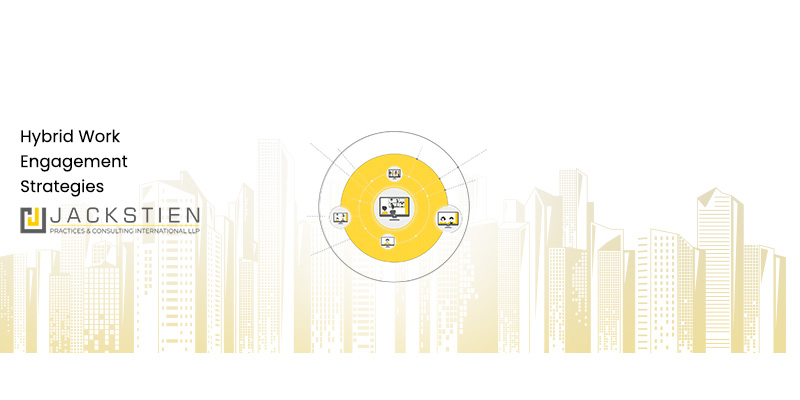One of the biggest problems that remote and hybrid workers come across is unplugging after work hours. Learn how. While the option and facility to work from home make people more productive than when they worked from the office, the separation between work and life may melt away for some.
Disconnecting from work after working hours becomes tricky because people’s jobs are now next to their living room, kitchen or bedroom. To put it more clearly, work is now in a personal space, and since there’s no clear clock-out time anymore, it gets tempting to check on new mail and messages and push an extra hour or two of work. But this may lead to a decline in productivity in the medium to long term.
Implementing three simple rules can help employees unplug after their working hours:
Putting away the laptop and other devices at the end of your shift is a great step to let your brain know that you are done for the day. If your work and personal devices are the same, disabling notifications at the end of your shift will allow you time and space to rewind and relax.
Having a different room or space to work that you leave after your shift may help you define a line between work and personal time.
Making your availability clear to your employers and team leaders is important. Making and sticking to a clear, daily schedule that takes into account work and personal time is crucial.
Author(s)– People Practices Team – Jackstien Practices


